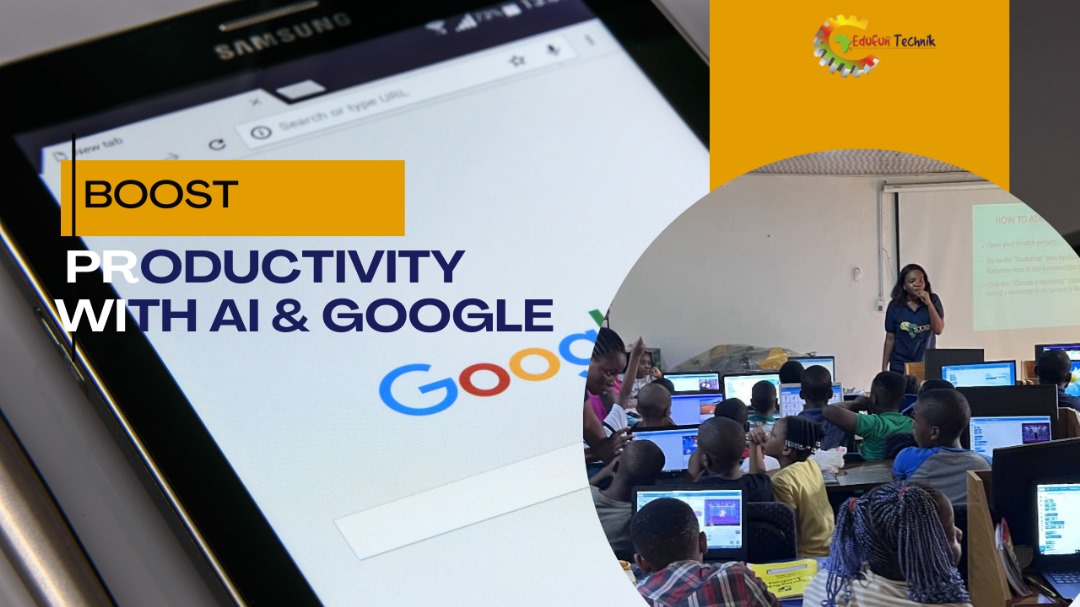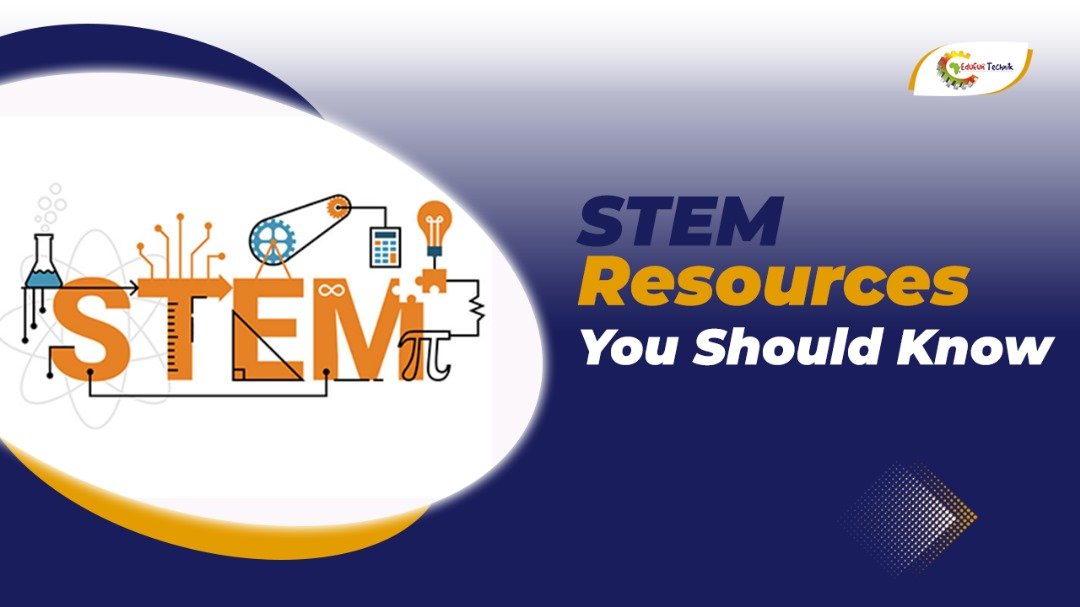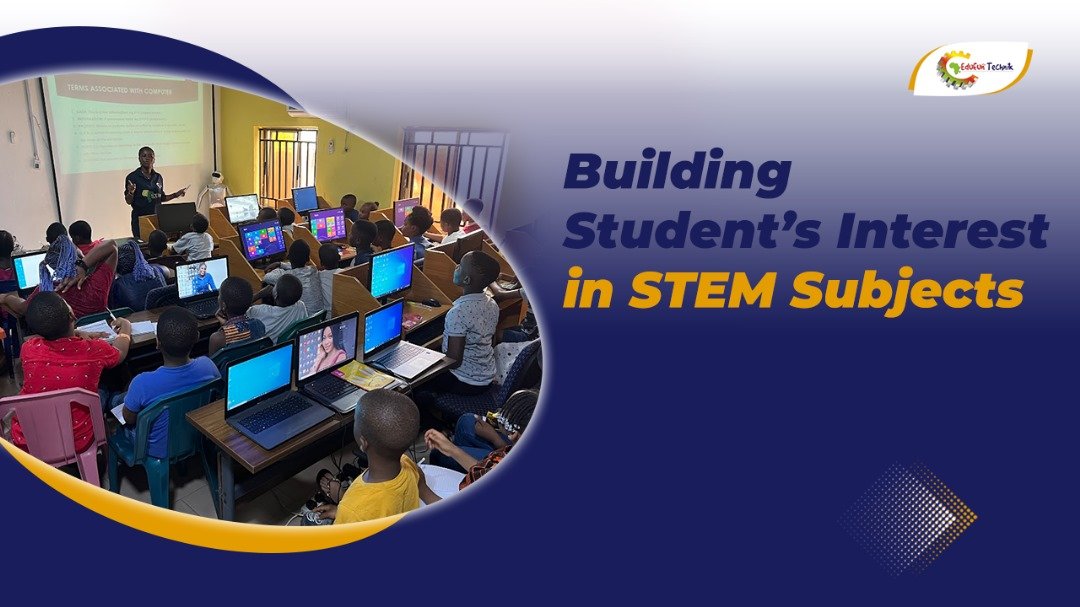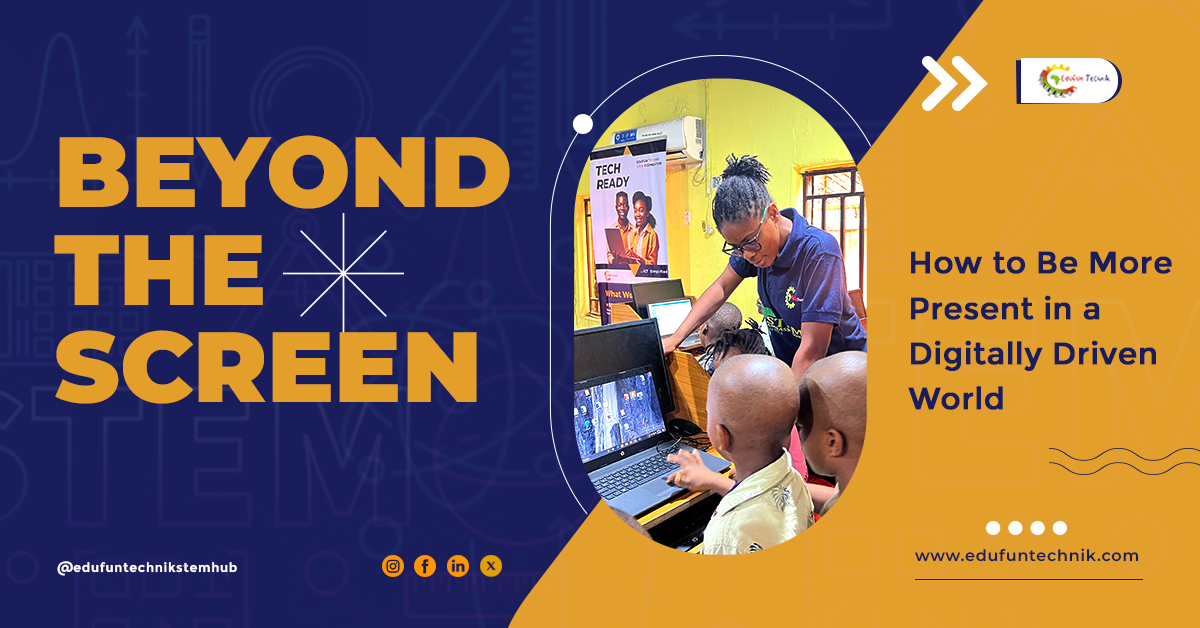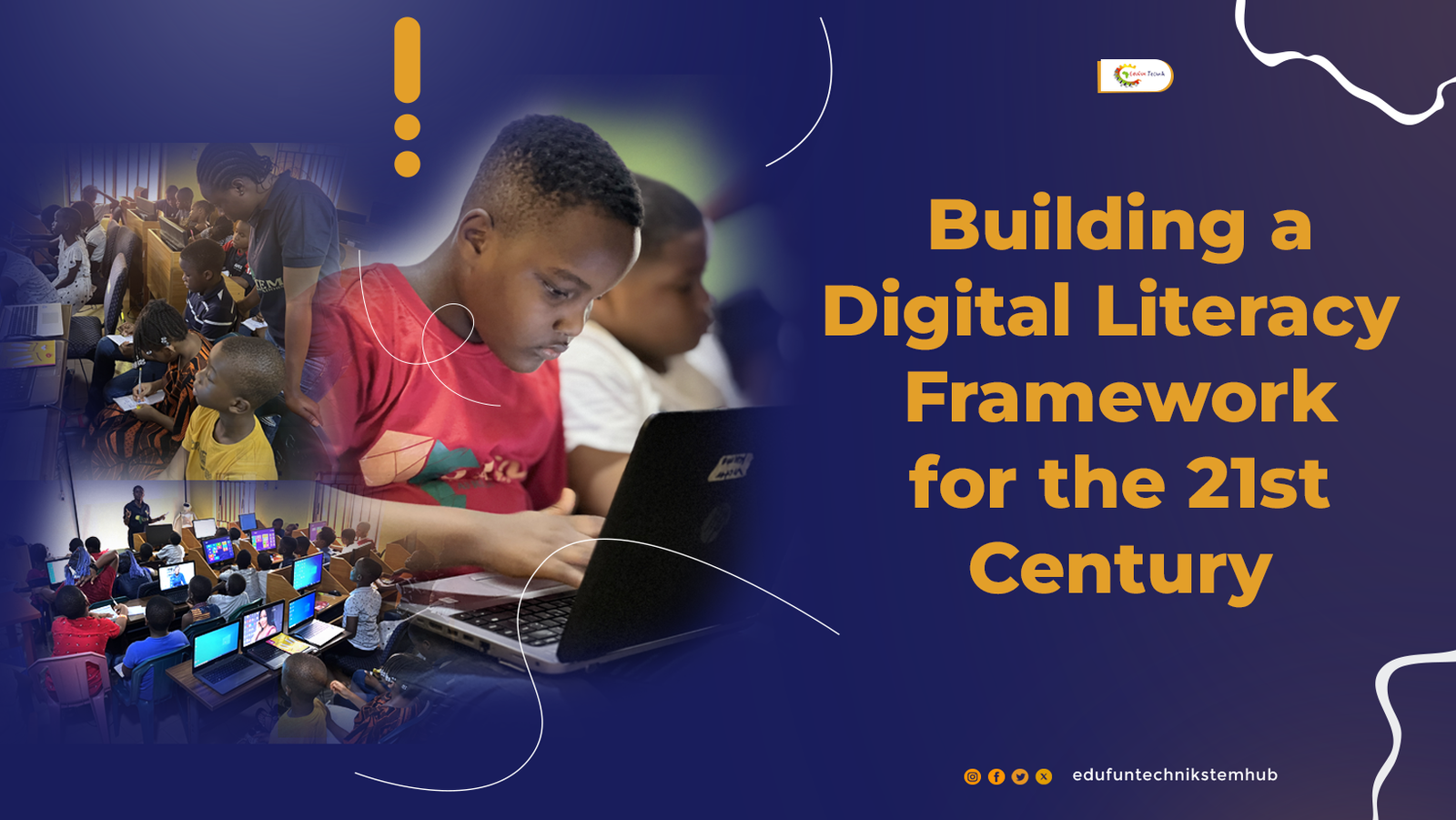Technology has become an essential part of education, and Google Workspace has proven to be one of the most powerful platforms for teachers, students, and administrators. What makes Google Workspace even more impressive is its integration of artificial intelligence (AI) tools. These tools not only save time but also make teaching and learning more productive and engaging.
Let’s explore how AI is transforming Google Workspace for education.
Smart Suggestions in Google Docs and Gmail
Google Docs and Gmail have become classroom staples, and their AI-powered features make them even more effective. One of the standout features is Smart Compose, which helps users write faster and more clearly by suggesting complete sentences based on context. For example, teachers drafting emails to parents or lesson plans can use Smart Compose to save time.
The grammar and spell check tools in Google Docs also use AI to catch errors and suggest improvements. These features are especially helpful for students learning to write essays or research papers. By offering real-time feedback, they help students improve their writing skills.
Dr. John Bargh, a cognitive psychologist, highlights the importance of tools like these. He says, “By taking over repetitive tasks, AI allows us to focus on higher-level thinking and creativity.” In education, this means less time spent on correcting mistakes and more time spent on meaningful learning.
AI-Driven Insights in Google Sheets
Data is a crucial part of education, from tracking student progress to managing budgets. Google Sheets’ Explore feature uses AI to simplify data analysis. Teachers and administrators can ask questions like, “What is the average grade for this class?” or “Which students are performing above average?” and receive instant answers.
This tool is particularly useful for identifying trends and making data-driven decisions. For example, if a teacher notices that a particular topic consistently results in lower grades, they can adjust their teaching methods to address the issue. Administrators can use it to track attendance patterns or allocate resources more efficiently.
A study by McKinsey & Company found that organizations using data-driven approaches are 23% more likely to succeed. For schools, leveraging AI in Google Sheets can lead to better outcomes for both students and staff.
Google Meet and AI-Powered Enhancements
Virtual learning has become a necessity, and Google Meet’s AI tools make online classes more effective. Features like live captions and noise cancellation help create an inclusive and distraction-free learning environment. Live captions are especially beneficial for students who are hard of hearing or those learning in a second language.
Google Meet also uses AI to adjust video quality based on internet speed, ensuring smooth communication even in low-bandwidth situations. This makes it easier for teachers and students to stay connected, no matter where they are.
Dr. Linda Darling-Hammond, a leading education researcher, explains, “Accessibility is key to effective education. Tools that remove barriers to learning open up opportunities for everyone.” Google Meet’s AI features embody this principle by making virtual classrooms accessible to all.
Streamlined Organization with Google Calendar
Google Calendar is more than just a scheduling tool; it’s an AI-powered assistant. Features like automatic scheduling and smart reminders help teachers and students stay organized. For instance, Calendar can suggest meeting times that work for everyone and even create reminders for upcoming assignments or events.
Integration with other Google Workspace apps makes it easy to add video call links, attach documents, or set up recurring meetings. These small but significant features reduce the time spent on planning and coordination, leaving more room for teaching and learning.
AI also helps prevent scheduling conflicts by analyzing your availability and suggesting alternatives. This is particularly useful for schools with multiple staff members coordinating activities, ensuring everything runs smoothly.
Enhanced Creativity with Google Slides
Presentations are a big part of education, and Google Slides’ AI tools make creating them easier and more fun. The Explore feature suggests design ideas and layouts, so even those with no design experience can create professional-looking slides. For teachers, this means less time spent formatting and more time focusing on content.
Students can also use these tools to make their presentations stand out. Whether it’s a science project or a history report, AI-powered design suggestions help them express their ideas more effectively. Research from Stanford University shows that visual aids can improve understanding and retention by up to 50%, making Google Slides an invaluable tool for both teaching and learning.
Classroom Management with Google Classroom
Google Classroom is a hub for digital learning, and its AI features simplify classroom management. One of its standout tools is the ability to automate grading for multiple-choice quizzes. This saves teachers hours of work and provides instant feedback to students.
AI also helps by organizing assignments and notifications. For example, teachers can quickly see which students have submitted their work and who needs a reminder. Students benefit from clear deadlines and easy access to resources.
Dr. Sugata Mitra, an education technology expert, emphasizes the role of automation in education. He says, “When technology handles repetitive tasks, educators can focus on inspiring and guiding students.” Google Classroom’s AI features exemplify this by freeing up teachers to concentrate on what matters most.
Conclusion
AI tools in Google Workspace are transforming education by saving time and boosting productivity. From smarter writing suggestions in Google Docs to data-driven insights in Google Sheets, these tools empower teachers, students, and administrators to work more efficiently. Features like live captions in Google Meet and automated grading in Google Classroom make learning more inclusive and engaging.
As these technologies continue to evolve, their impact on education will only grow. By embracing AI, schools can create learning environments that are not only more effective but also more equitable. Be it a teacher looking to simplify workload or a student aiming to learn better, Google Workspace’s AI tools are here to help.

